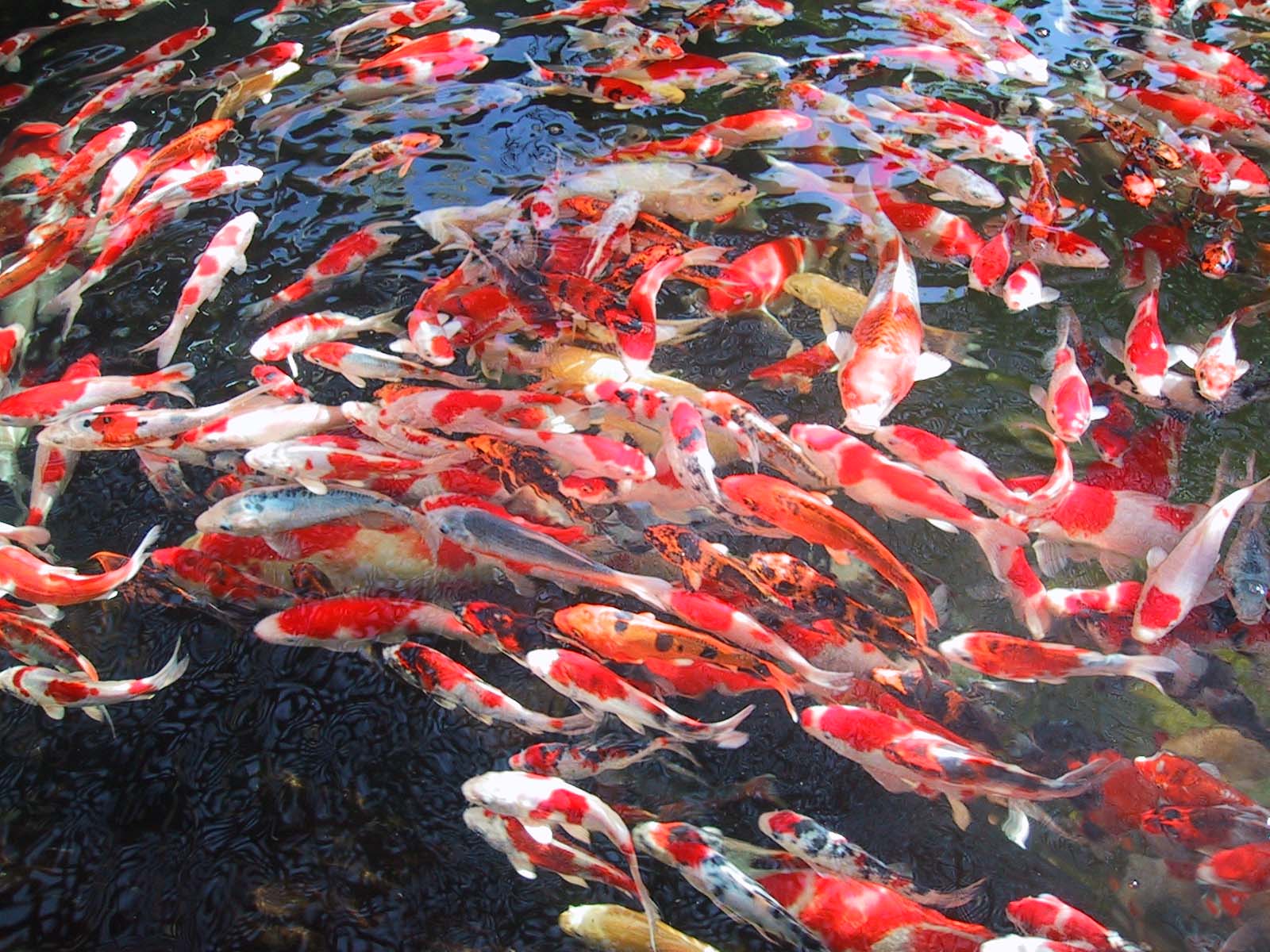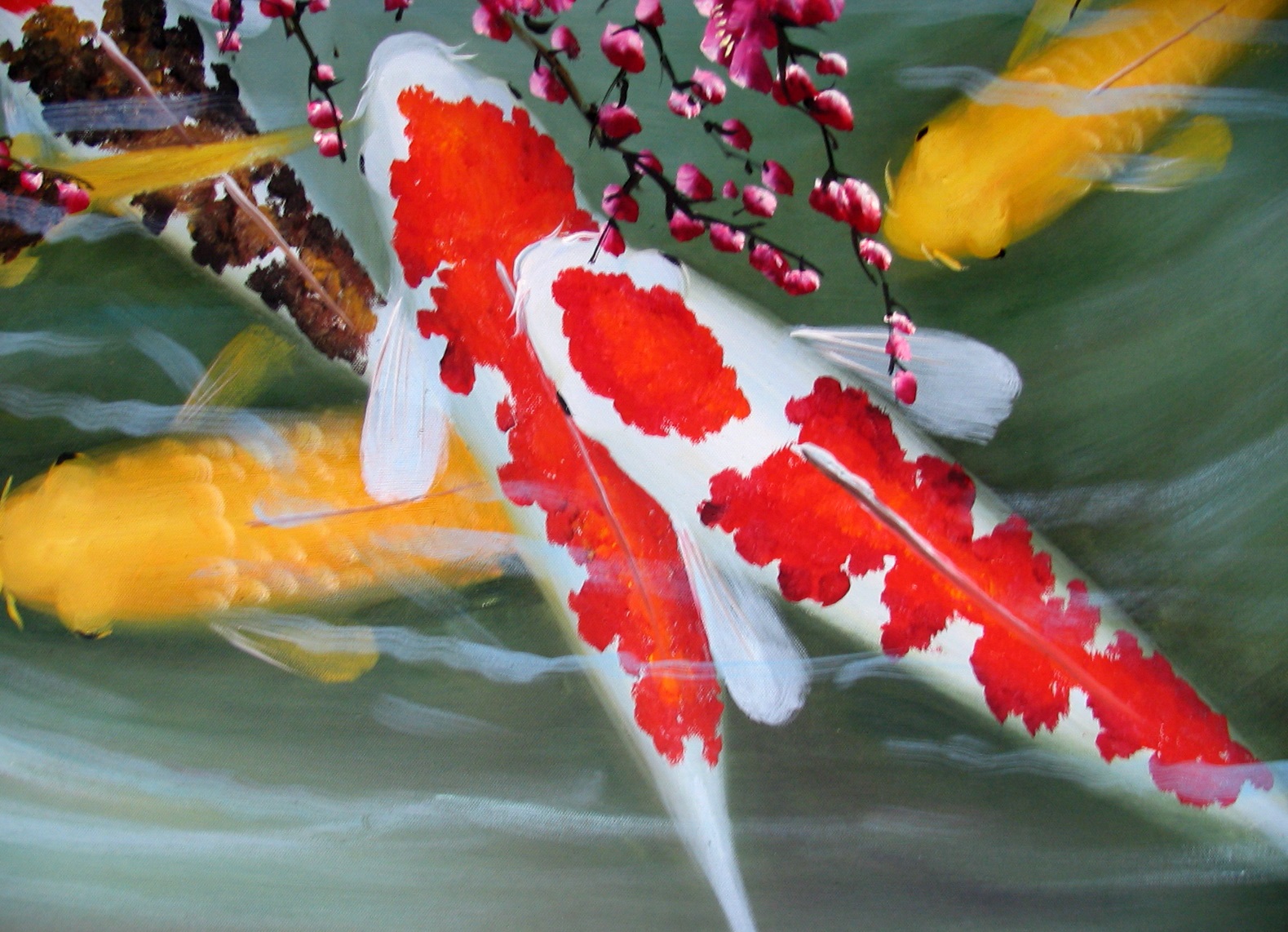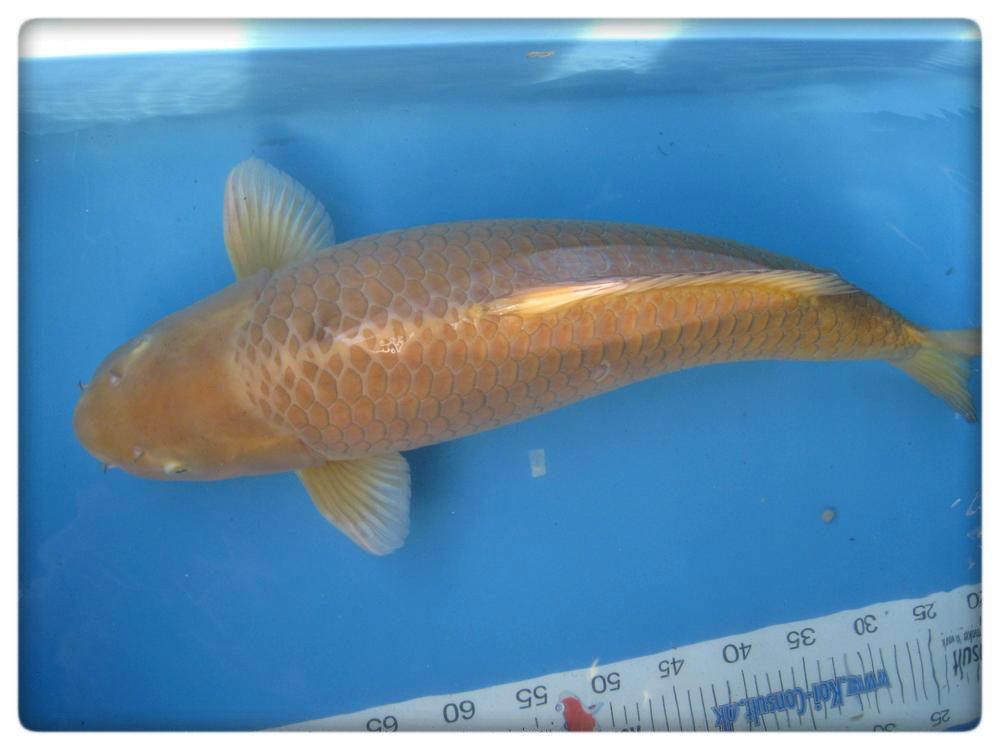Types of Koi Pond Fish: A Complete Guide to Choosing the Right Fish for Your Pond
Introduction
If you are building a koi pond, one of the most important decisions you’ll make is which types of koi pond fish to stock. With so many beautiful and interesting varieties to choose from, it can be difficult to decide which ones are best for your pond. In this article, we’ll explore the different types of koi pond fish, including their characteristics, care requirements, and compatibility with other species.
Common Types of Koi Pond Fish
- Kohaku: This is one of the most popular and recognizable types of koi, with a white body and red markings. They are a good choice for beginners and can grow up to 32 inches in length.

- Sanke: This type of koi has a white body with red and black markings. They are usually smaller than Kohaku and can grow up to 26 inches in length.

- Showa: Showa koi have a black body with white and red markings. They are a bit more difficult to care for than Kohaku and Sanke, but are still a popular choice for koi enthusiasts.

- Utsurimono: Utsurimono koi have a black body with white, red, or yellow markings. They are hardy fish that are relatively easy to care for.

- Asagi: Asagi koi have a bluish-gray body with red markings. They are a peaceful fish that can grow up to 20 inches in length.
Less Common Types of Koi Pond Fish
- Shusui: Shusui koi have a bluish-gray body with a single row of scales running down their back. They also have red markings on their cheeks and fins.
- Chagoi: Chagoi koi are brown or bronze in color and have a friendly personality. They are one of the largest types of koi, with some growing up to 36 inches in length.

- Beni Kumonryu: This type of koi has a black and white pattern with red markings. They are a bit more difficult to care for than other koi species, but are prized for their unique coloration.

Factors to Consider When Choosing Koi Pond Fish
When selecting koi pond fish, there are several factors to consider, including:
1. Pond Size
The size of your pond will determine how many fish you can keep and what species will be suitable. For example, larger ponds can accommodate more fish and larger species, such as Chagoi.
2. Water Quality
Koi require clean, well-oxygenated water to thrive. You should test your water regularly and ensure your pond’s filtration system is working properly.
3. Temperature
Koi are cold-water fish and prefer water temperatures between 59-77°F. If you live in an area with extreme temperatures, you may need to take additional steps to regulate your pond’s temperature.
4. Compatibility
Certain koi species may not get along with others, so it’s important to research their temperament and behavior before combining them in your pond. It’s best to avoid mixing large and small species, as well as those with significantly different coloration. You should also avoid keeping aggressive fish with timid ones.
How to Care for Your Koi Pond Fish
Once you’ve selected your koi pond fish, it’s important to provide them with proper care to ensure they thrive. Here are some tips:
1. Feed Them Well
Koi are omnivores and require a balanced diet of protein and vegetables. You can feed them pellets, flakes, and fresh food like lettuce and peas. Be careful not to overfeed them, as this can lead to health problems and poor water quality.
2. Keep Water Clean
Regularly clean your pond and remove debris like leaves and algae. You should also monitor the water quality and test it regularly to ensure it’s at the proper pH and ammonia levels.
3. Monitor Health
Keep a close eye on your koi pond fish and watch for signs of illness or injury. Common symptoms include lethargy, loss of appetite, and discolored or frayed fins. If you notice any problems, seek advice from a veterinarian or experienced koi keeper.
Conclusion
Choosing the right types of koi pond fish is an important decision that requires careful consideration. By understanding the characteristics, care requirements, and compatibility of different species, you can create a beautiful and thriving pond that will bring enjoyment for years to come.